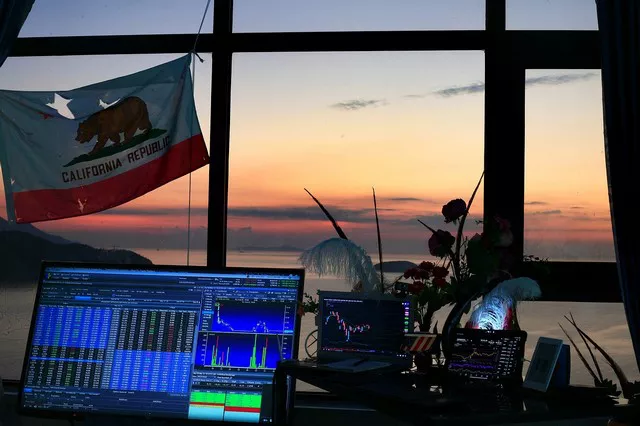Commodity futures markets serve as vital platforms for trading contracts based on the future price of various raw materials, such as agricultural products, energy resources, and metals. Reading commodity futures prices is essential for traders, investors, and market participants seeking to understand market dynamics, assess price trends, and make informed trading decisions. In this article, we will explore how to read commodity futures prices, the key components of futures price quotations, and the factors influencing commodity futures prices.
Understanding Commodity Futures Prices
Commodity futures prices represent the market’s consensus on the future value of a specific commodity at a particular point in time. These prices are determined through the interaction of supply and demand dynamics, investor sentiment, macroeconomic factors, and geopolitical events impacting the commodity’s supply chain and consumption patterns. Commodity futures prices are quoted in standardized terms, making them accessible and comparable across different commodities and trading venues.
See Also: What is the symbol for the futures spread?
Components of Commodity Futures Price Quotations
Commodity futures price quotations consist of several key components that provide valuable information about the contract, including:
1. Commodity Symbol: The commodity symbol identifies the specific commodity underlying the futures contract. Each commodity is assigned a unique symbol or ticker, such as “CL” for crude oil, “GC” for gold, or “ZC” for corn.
2. Contract Month: The contract month indicates the month in which the futures contract expires or settles. Futures contracts are typically available for multiple expiration months, allowing traders to choose contracts with different delivery dates based on their trading strategies and market outlook.
3. Price: The price represents the current market value of the futures contract, expressed in terms of currency per unit of the underlying commodity. For example, a crude oil futures contract may be quoted at $65 per barrel, while a gold futures contract may be quoted at $1,800 per troy ounce.
4. Change: The change indicates the price movement of the futures contract relative to the previous trading session. It is expressed as a numerical value and may be positive or negative, indicating whether the price has risen or fallen since the last trading session.
5. Percent Change: The percent change represents the percentage change in the futures price relative to the previous trading session. It provides traders with a measure of the magnitude of the price movement relative to the contract’s value.
6. Volume: The volume indicates the total number of contracts traded during the current trading session. It reflects the level of market activity and liquidity in the futures contract, with higher volume indicating greater trading interest and participation.
7. Open Interest: Open interest represents the total number of outstanding contracts for a futures contract at the end of the trading session. It reflects the number of contracts that have not yet been offset or fulfilled by delivery, providing insight into market sentiment and potential trading activity.
Interpreting Commodity Futures Prices
To interpret commodity futures prices effectively, traders and investors need to consider several factors, including supply and demand fundamentals, technical analysis, market sentiment, and external factors influencing the commodity’s price. Supply and demand dynamics, such as weather conditions, crop yields, geopolitical events, and economic indicators, can impact the supply and consumption of the underlying commodity, influencing its future price trajectory.
Technical analysis involves studying price charts, trends, patterns, and indicators to identify potential price movements and trading opportunities. Traders may use technical analysis tools such as moving averages, trendlines, and oscillators to analyze historical price data and predict future price trends.
Market sentiment, including investor expectations, sentiment surveys, and speculative positioning, can also influence commodity futures prices. Bullish sentiment may drive prices higher, while bearish sentiment may lead to price declines, depending on market perceptions of supply and demand dynamics and other factors affecting the commodity’s price.
External factors such as economic data releases, government policies, trade agreements, and currency movements can impact commodity futures prices by affecting market fundamentals and investor sentiment. Traders and investors need to stay informed about these external factors and their potential implications for the commodity’s price to make informed trading decisions.
Conclusion
In conclusion, reading commodity futures prices is essential for traders, investors, and market participants seeking to navigate commodity markets effectively. By understanding the key components of futures price quotations and interpreting price movements in the context of supply and demand dynamics, technical analysis, market sentiment, and external factors, traders can identify trading opportunities, manage risk, and make informed decisions. Whether trading agricultural products, energy resources, or metals, a solid understanding of commodity futures prices is crucial for success in commodity futures markets.


